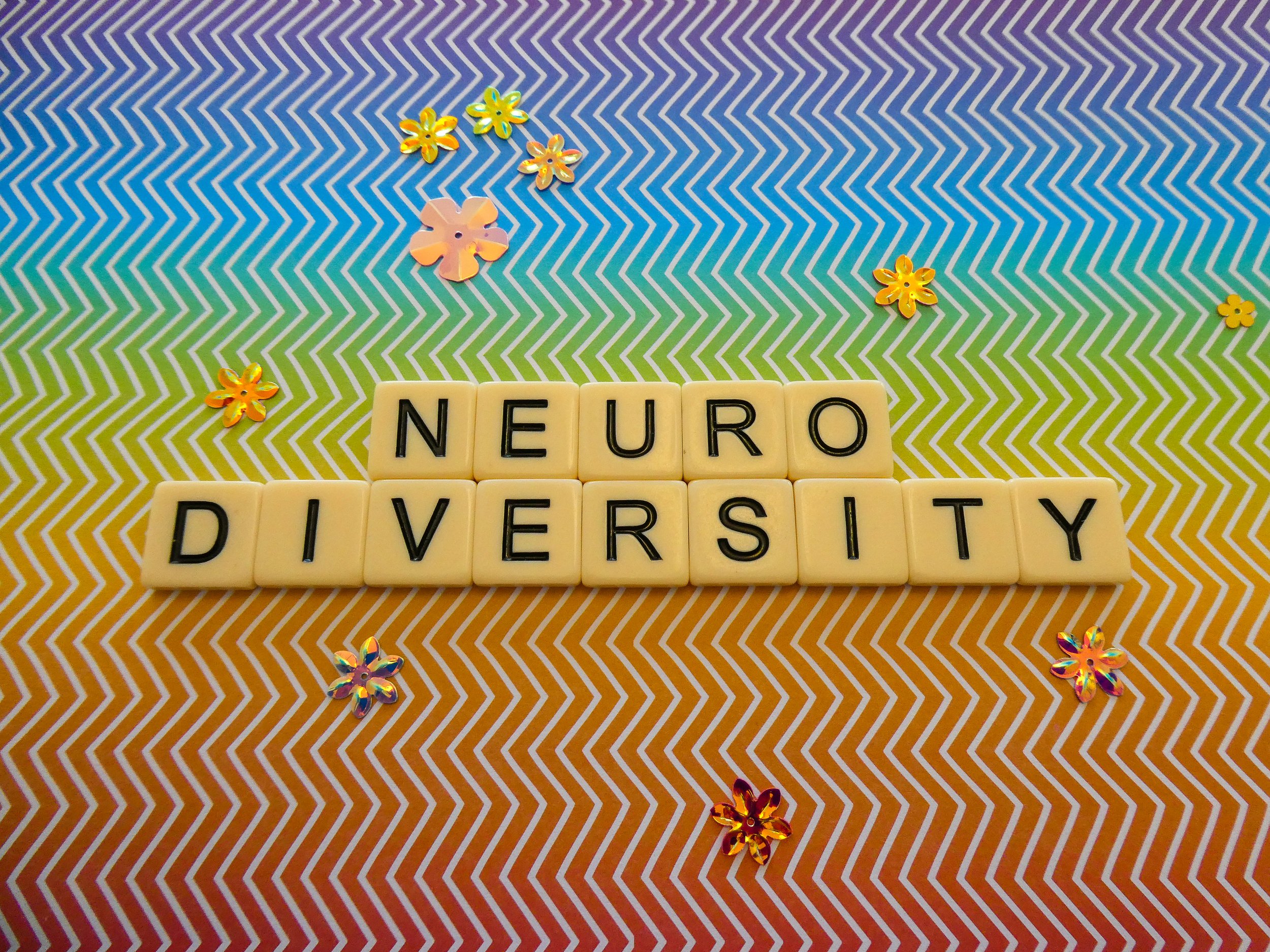The Science Behind Neuro-Inclusive Design: How Environment Affects Brain Function
The Science Behind Neuro-Inclusive Design: How Environment Affects Brain Function
By Angela Ferguson
At Futurespace, our commitment to neuro-inclusive design is grounded not just in empathy, but in science. The environments we create influence much more than just aesthetics—they shape how people think, feel, and perform every day. Understanding the neurological impact of design allows us to craft spaces that truly support cognitive function, emotional wellbeing, and productivity for all, including neurodivergent individuals.
The Brain-Environment Connection
Our brains are incredibly sensitive to sensory input—light, sound, colour, texture, and spatial layout all send signals that influence our nervous system. For neurodivergent people, who might have heightened sensitivities or process sensory information differently, these environmental factors can have an even more profound impact.
Research in environmental psychology and neuroscience shows that poorly designed spaces can increase stress, reduce concentration, and even exacerbate sensory overload. Conversely, thoughtful design that respects sensory needs can promote calm, focus, creativity, and collaboration.
Light: More Than Just Illumination
Natural light is a powerful modulator of our circadian rhythms, which regulate sleep-wake cycles, hormone release, and cognitive alertness. Exposure to quality daylight in workplaces and learning environments has been shown to improve mood, increase productivity, and reduce fatigue.
Artificial lighting matters too—glare, flicker, and harsh blue light can be distracting or uncomfortable, especially for people with sensory sensitivities. Neuro-inclusive design carefully balances natural and artificial lighting to create environments that energize without overwhelming.
Sound and Acoustics: The Invisible Influencer
Noise is often overlooked but profoundly affects brain function. High noise levels or unpredictable sounds can disrupt concentration, increase anxiety, and lead to cognitive fatigue.
Design strategies like acoustic zoning, sound-absorbing materials, and “quiet pods” can help manage noise levels and provide refuge from auditory distractions. These interventions benefit everyone, not just those with heightened auditory sensitivities.
Colour and Texture: Emotional and Cognitive Triggers
Colour psychology reveals that hues influence emotions and energy levels. Soft, muted tones can soothe and reduce anxiety, while brighter colours can stimulate alertness and creativity—when used thoughtfully.
Textures, from smooth surfaces to natural materials, affect tactile comfort and spatial perception. For neurodivergent individuals, tactile experiences can be either comforting or distracting, so offering a range of textures allows people to engage with space on their terms.
Spatial Layout and Movement
The way a space is organized impacts how easily people can navigate and interact within it. Open-plan offices, while popular, can sometimes overwhelm with visual stimuli and lack of privacy.
Neuro-inclusive design often incorporates a variety of zones—quiet spaces, collaborative areas, and places for movement and respite—allowing individuals to choose the environment that best suits their current needs.
Why It Matters
Designing with neurodiversity in mind isn’t just a niche concern—it’s a forward-thinking approach that benefits all users. By applying scientific insights into how environments affect brain function, Futurespace creates spaces that support wellbeing, unlock creativity, and foster inclusive cultures.
Our commitment to neuro-inclusive design is rooted in research, refined through experience, and driven by the belief that the right environment can change lives.

